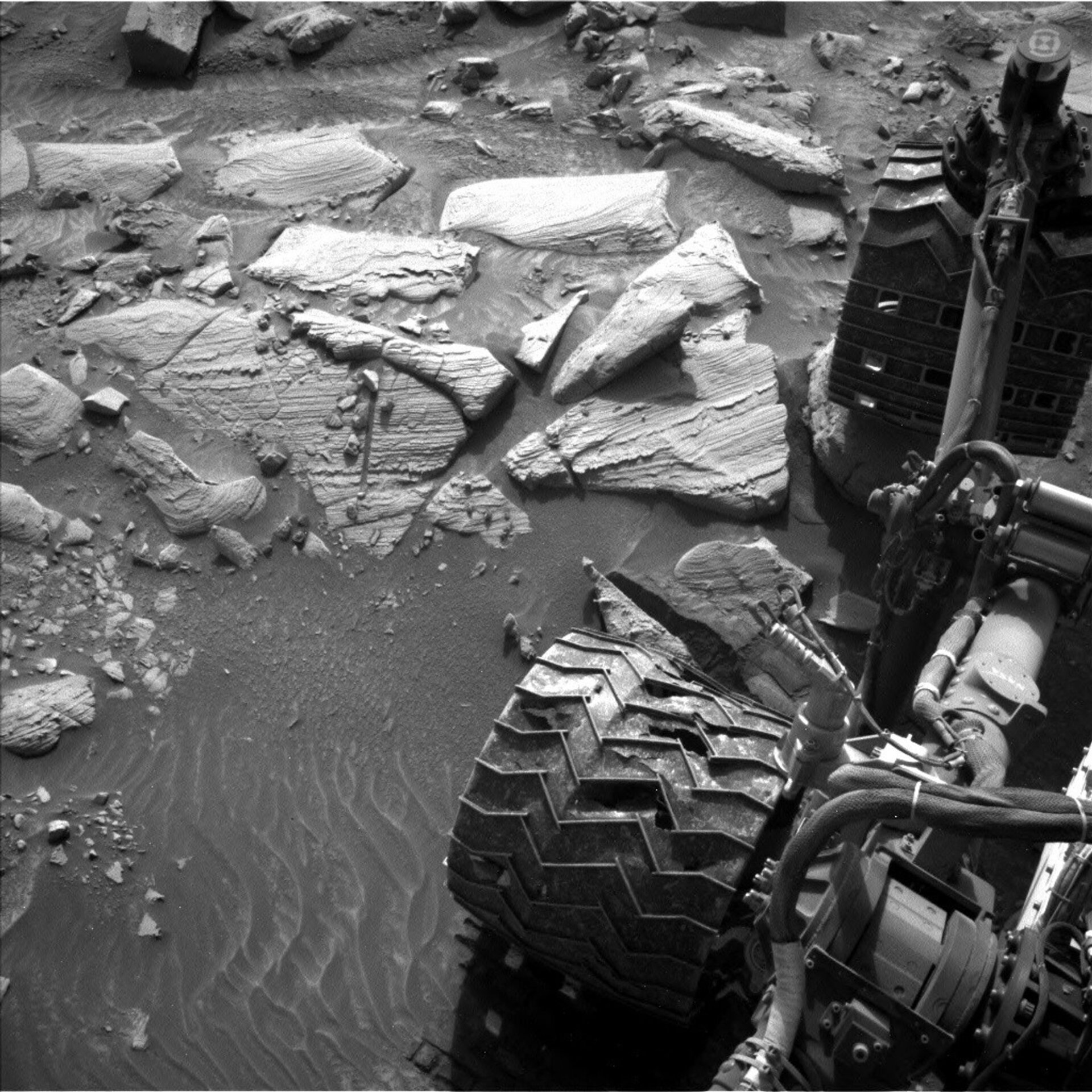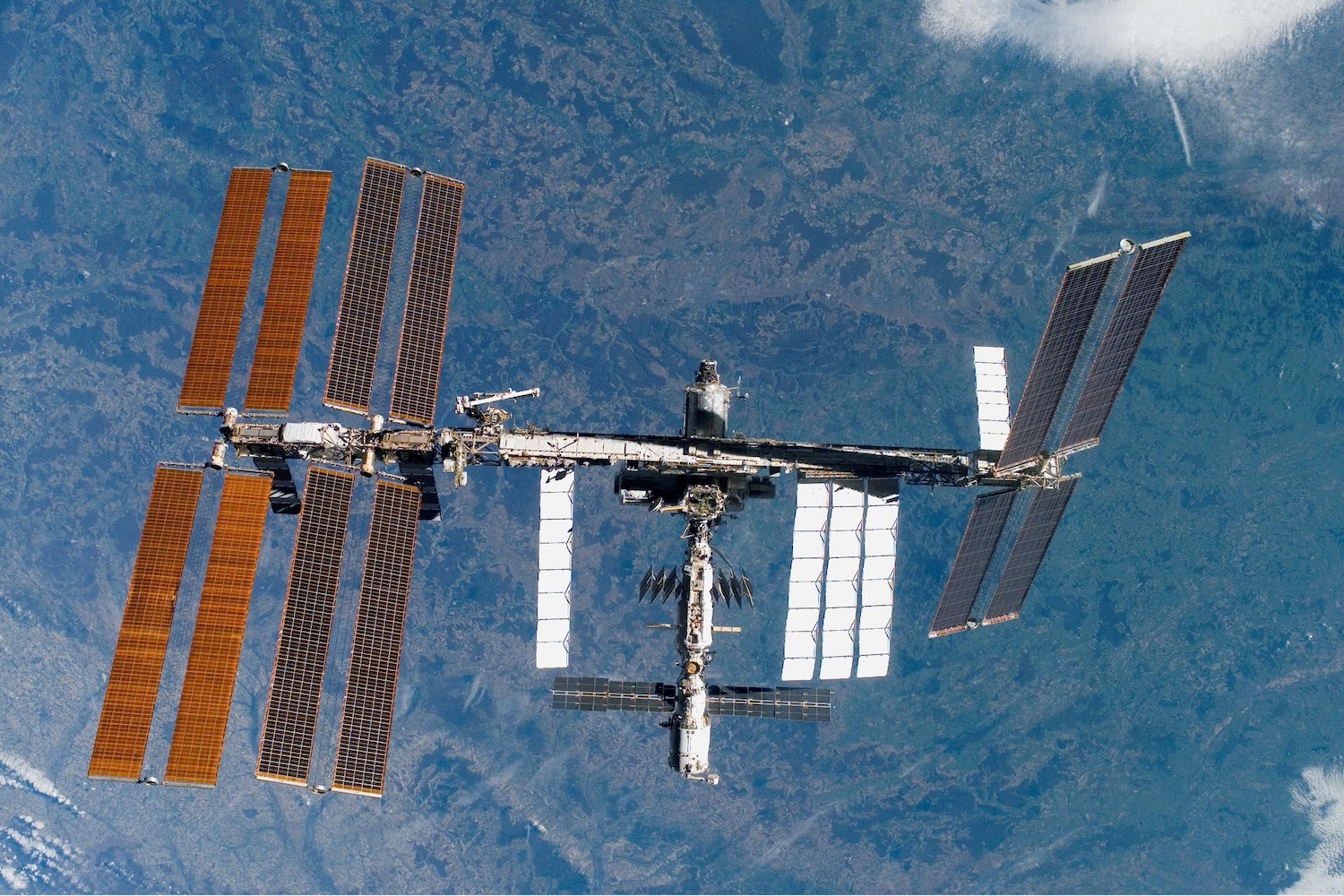NASA’s Perseverance and Curiosity rovers have been roaming Mars for years, exploring different parts of the Red Planet hundreds of miles apart. Over the past few months, however, both robots have been struggling to complete a crucial part of their respective missions.
As Perseverance sets on its fifth scientific campaign, the rover is having trouble reaching the rim of an ancient crater, often taking twice as long to complete a drive along the Martian terrain. As for Curiosity, it’s also encountering hurdles; the rover was recently forced to turn away from exploring a dried-up channel after its wheels got stuck on a rock.
For nearly three months, the Perseverance rover has been climbing the rim of Jezero Crater to investigate whether life ever existed on Mars. This is the six-wheeled robot’s toughest terrain yet, and it’s proving to be more challenging than the mission’s team had anticipated.
Percy has been on Mars for nearly four years, and the rover began its fifth scientific campaign in late August. This is the main event for Perseverance’s journey on Mars, and it requires exploring Jezero Crater’s western rim, which show signs of ancient hydrothermal activity. To do this, Perseverance has to overcome slopes of up to 23 degrees and climb about 1,000 feet (300 meters) to the rim of Jezero, which contained a massive lake billions of years ago. As the rover recently revealed, however, it hasn’t been easy.
“My journey to the rim of Jezero Crater has been a challenging one,” NASA’s Perseverance rover wrote on X. “I’m dealing with some steep and slippery terrain. But thanks to my team and autonomous navigation system, I’m avoiding any big hazards as I slowly make my way up.”
My journey to the rim of Jezero Crater has been a challenging one.
As you can see in this image from my rear Hazcam, I’m dealing with some steep and slippery terrain. But thanks to my team and autonomous navigation system, I'm avoiding any big hazards as I slowly make my way up. pic.twitter.com/zlZRqeTPWM
— NASA's Perseverance Mars Rover (@NASAPersevere) October 17, 2024
The trek up to the crater’s rim is more slippery than initially thought, which has slowed down Perseverance’s journey. The terrain of the rim crater turned out to be loosely packed dust and sand with thin and brittle crust, causing the rover to cover half the distance it would normally cover on a regular drive, NASA Spaceflight reported. There was one day when Perseverance completed around 20% of its planned route.
“Mars rovers have driven over steeper terrain, and they’ve driven over more slippery terrain, but this is the first time one had to handle both—and on this scale,” Camden Miller, the rover’s route planner at NASA’s Jet Propulsion Laboratory (JPL) in California, told NASA Spaceflight. “For every two steps forward Perseverance takes, we were taking at least one step back.”
The team behind the mission has been coming up with different ways to try to make Perseverance’s trek easier on its wheels, including having the rover drive up the rim backwards as its suspension system maintains better traction when it’s going that way. Right now, the team decided on having the rover drive toward the northern edge of the crater rim because that region has larger rocks closer to the surface, which would reduce slippage, NASA Spaceflight reported.
Hundreds of miles away, NASA’s Curiosity rover, Percy’s predecessor, is also having trouble driving along a bumpy road on Mars. This week, NASA revealed that Curiosity only made it about halfway to its intended destination. Curiosity’s drive was terminated early after it exceeded one of its suspension limits, and the rover ended up with one wheel in a trough and another perched on a rock.

Curiosity is currently in Gediz Vallis, a channel near the base of Mount Sharp that may have contained liquid water in the past. With the rover stuck in an awkward position, the team pivoted to a remote sensing plan, gathering any possible observations of Gediz Vallis while figuring out a way for Curiosity to turn west toward its exit from the channel. The awkward position also meant the team wasn’t willing to extend the rover’s arm, which stayed secured by its side.
The Gediz Vallis channel is carved into the underlying bedrock, and is filled with boulders and other debris. The team behind the mission is looking for clues as to how the channel formed, whether it was carved by an ancient river, wind, or dry avalanches. Learning about Gediz Vallis not only provides a glimpse of Mars’ ancient history, it also suggests that water on Mars may have come and gone in phases, as opposed to gradually disappearing as the planet became more dry.
“When I joined the mission back in 2020, I would occasionally look at Gediz Vallis on our HiRISE maps and imagine what the view would be like between those tall, steep channel walls,” Conor Hayes, graduate student at York University, wrote in a blog update. “So it seems almost unbelievable that we will soon be leaving Gediz Vallis behind us as we continue our trek up Mount Sharp.”
Mars can be an unforgiving environment for a couple of car-sized robots just trying to do their job.













